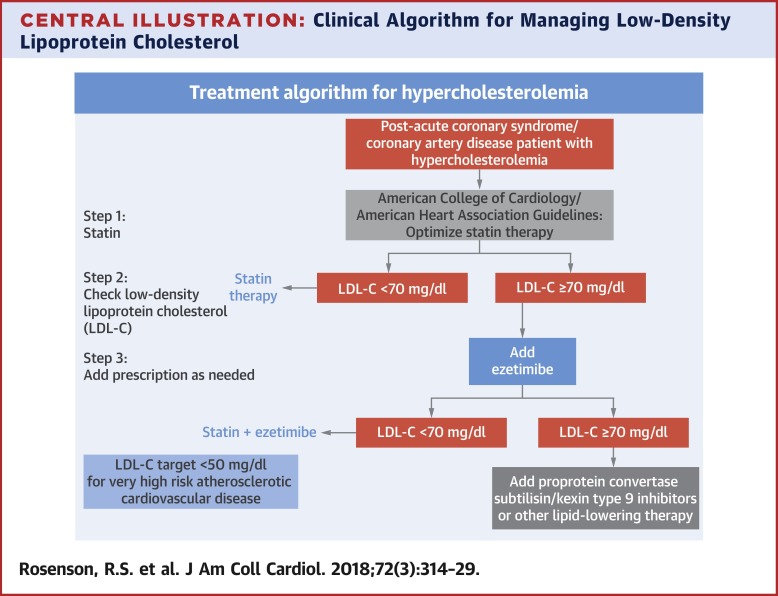Stable Ischemic Disease
General
- Aka "Chronic Stable Angina"
Management
- Stop Smoking, Low-fat diet, 30-60 minutes of exercise 5-7 days a week
- Weight loss, BP management
- Goals of Pharmacologic Management
- Reduce risk of MI/CV death
- Symptom alleviation and improvement of QOL


Revascularization (CABG)
- [SYNTAX]: Less CV events at 1 year w/CABG vs. PCI in 3-vessel and/or LM disease3
- 17.8% vs. 12.4%; driven by need for repeat revascularization in PCI group
- Use of only paclitaxel stents, which have higher rate of angiographic restenosis than either the sirolimus- or everolimus-eluting stents
- Five-year outcomes
- Roughly equivalent unless high Syntax score which favors surgery
- Syntax Score
- The SYNTAX score is a grading system that evaluates the complexity and prognosis of patients undergoing percutaneous coronary intervention (PCI)
- Calculator
- Indications for CABG
- Class 1
- LM w/complex CAD
- LM w/Syntax score >33
- LM w/complex CAD + Syntax score >33 + Suitable Candidate
- MVCAD w/suitable anatomy + Suitable Candidate + LVEF (\(\leq\)) 35%
- Class 2a
- MVCAD w/suitable anatomy + Suitable Candidate + LVEF (\(\geq\)) 35%
- Class 2b
- MVCAD w/suitable anatomy + LVEF >50% (Note PCI also 2b)
- IMA (internal mammary artery) remains preferred choice for LAD
- Radial preferred over SVG for 2nd most important vessel (non-LAD)
- AATS disagrees with this without patient specifiers
Post-CABG Management
- ~10-20% readmitted within 30 days
- Consider the 3 "I"s
- Infectious
- Inflammatory
- Pericarditis
- Get TTE, contact primary surgeon
- May lead to Tamponade
- Commonly presents early (<7 days)
- Ischemic
- Dyspnea is common post-operatively
- Once discharged, new-onset dyspnea should be evaluated for (Most to Least likely):
- 30% develop Atrial Fibrillation
- Usually self-limiting if new-onset
- Return to NSR by 6-12 weeks out
- 30% AKI
- 50-70% develop cognitive dysfunction
- Delirium in 73%

